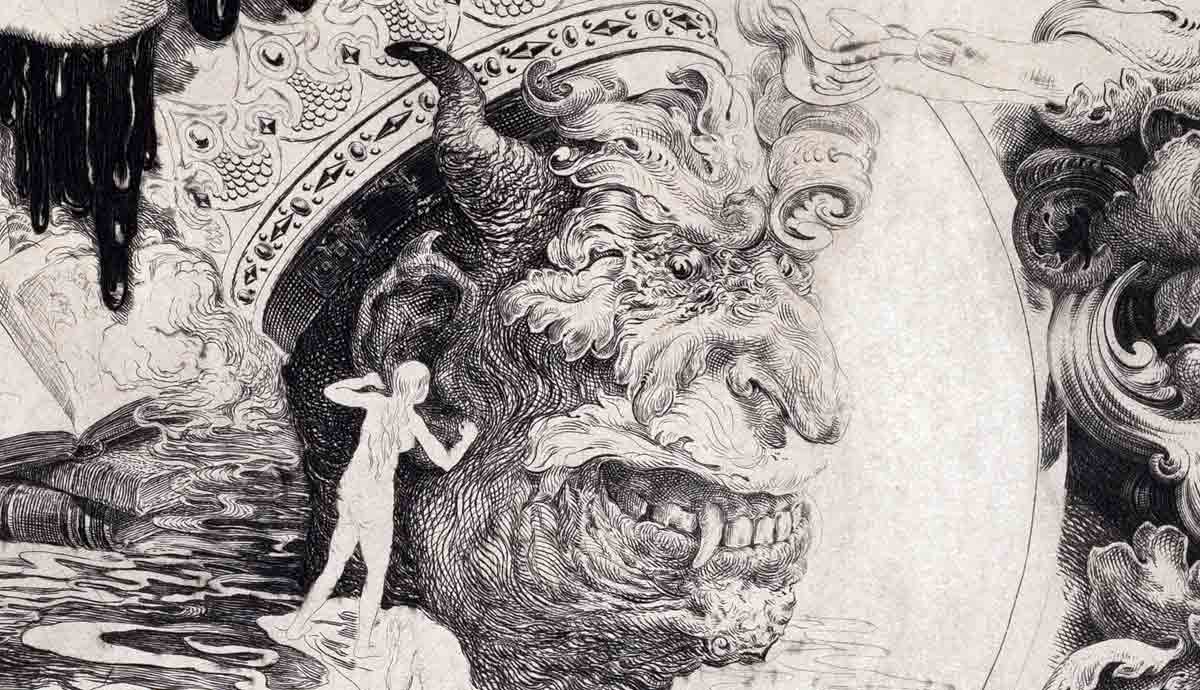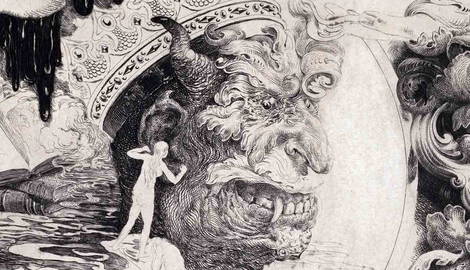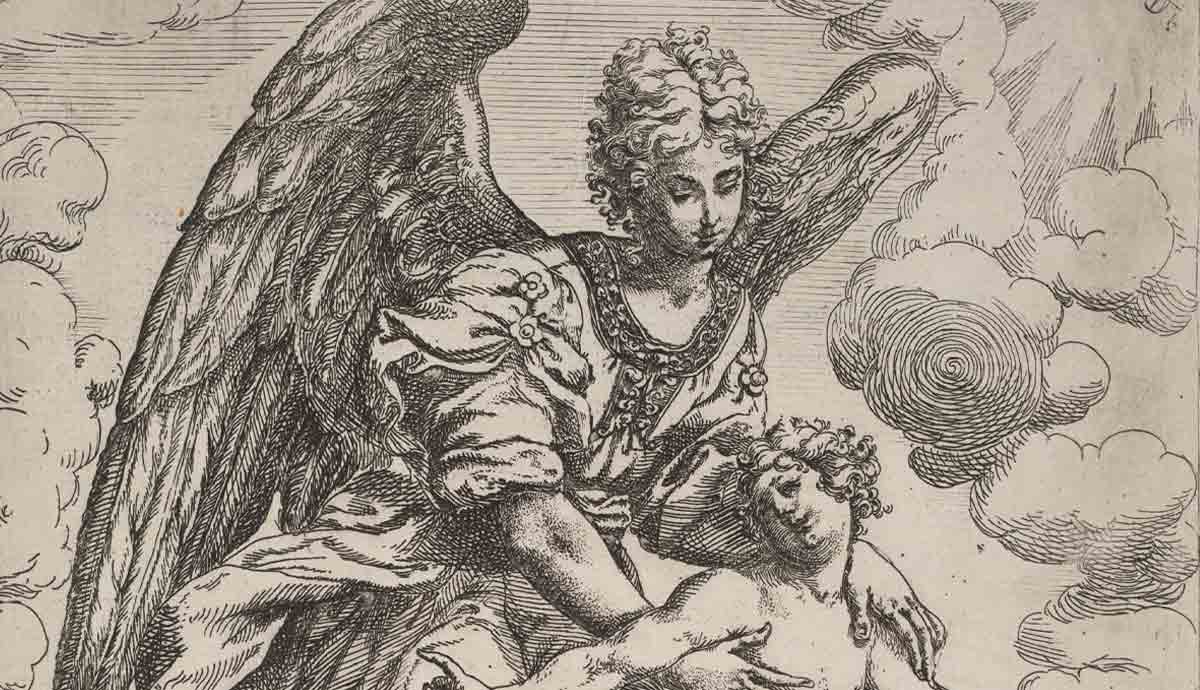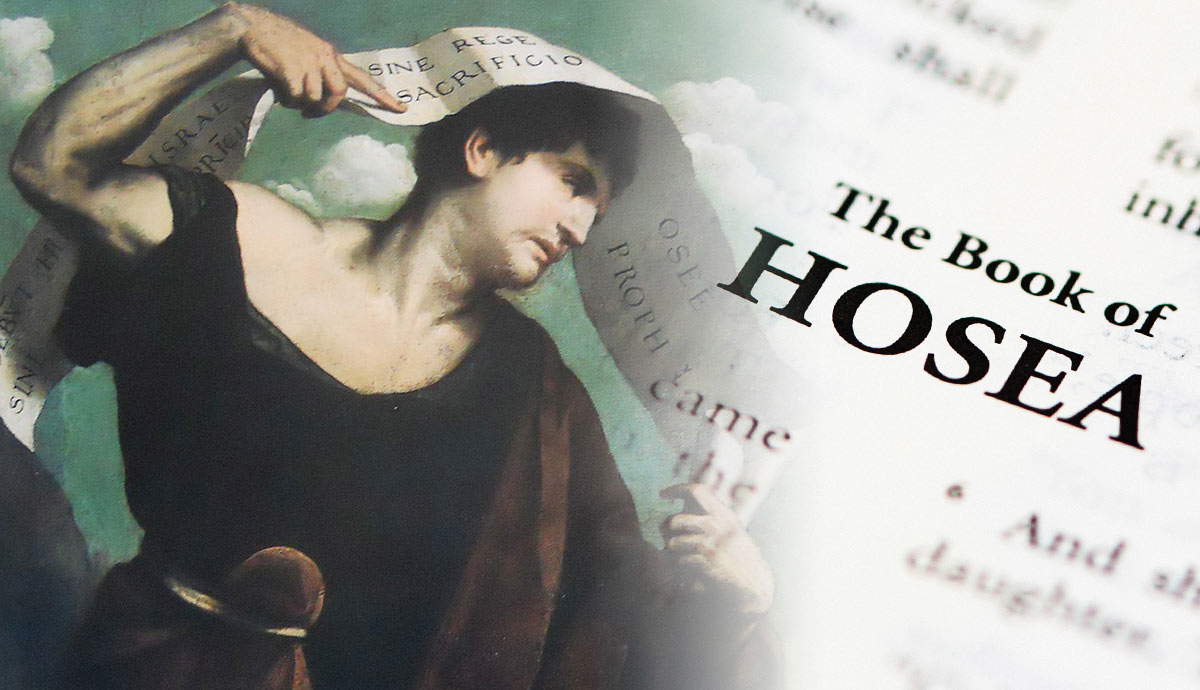
Biblical angels are heavenly messengers who appear on earth in humanlike form. Demons, on the other hand, generally do not take any physical form in biblical narratives. Spiritual creatures that are labelled or associated with the demonic are only pictured using analogies or in the otherworldly visions that appear in apocalyptic literature. Thus, the Bible provides little aid in efforts to surmise a system of angelic or demonic ranking. Still, there are clear instances that suggest a hierarchical structure in the biblical imagination of heavenly society.
Titles Like “Archangel” and “Prince” Imply Ranking

The word “archangel” appears twice in the New Testament, and is attached once to an angel named Michael who also appears in the book of Daniel under the title of “prince.” In Daniel, Michael appears to be the leader of Heaven’s military entourage. But interestingly, he is portrayed in the New Testament book of Jude as a sort of heavenly lawyer. He is said to argue with the Devil about the body of Moses. In both the Hebrew Bible (called the Old Testament by Christians) and the New Testament, Michael appears to fill a role of authority over other angels. Both his title and activities suggest it.
Likewise, two other, unnamed heavenly beings bear the title of “prince” in the book of Daniel, and are associated with the nations of Persia and Greece. These appear to be opposed to Michael, which has earned them a demonic association in the estimation of many interpreters—though in the text they are merely called princes.
Anecdotes in the Hebrew Bible Imply Unique Angelic Roles

Another angelic being who appears to represent God himself in the Hebrew Bible is called the “Angel of the LORD” or the angel of YHWH, Israel’s national deity. This angel functions like other angels in the Bible, appearing in the form of a male human being and often mistaken for a mere mortal. Uniquely, however, he appears to speak for or even embody the divine. The syntax of the Hebrew in narratives in which he appears sometimes associates him directly with God. His activities range from that of a messenger to that of divine warrior who slaughters Israel’s enemies.
In the book named after him, Moses’s successor Joshua has an encounter with an angel who calls himself the “commander of the army of the LORD.” This implies ranking and, significantly, does so within a narrative rather than a visionary or apocalyptic text.
Biblical Apocalyptic Literature Envisions a Complex Heavenly Realm

While the term “angel” is only applied directly to the wingless, human-looking heavenly messengers who appear frequently in biblical narratives, biblical apocalyptic texts also feature an array of other heavenly creatures that are often included in the category of “angels” (though the Bible itself does not categorize them as such). The form of these beings ranges widely, with some appearing as vehicles or animated furniture and others as monsters—though not malevolent monsters.
These have been placed traditionally into nine categories of angelic beings, and are carefully ranked according to their closeness to God. However, insofar as the Bible itself is concerned, it is difficult to discern a precise hierarchy among these entities.
These creatures also appear in imagery employed in ancient Israel’s houses of worship, the Tabernacle and Temple.
The Bible Alludes to a Demonic Hierarchy

While disagreeable spirits appear, there is no rigid dualistic relationship between good and evil spiritual beings in the Hebrew Bible as there is in the New Testament. In the Hebrew Bible, rather, all spiritual forces appear to act within God’s directives.
In the New Testament, on the other hand, the Satan or Devil is presented as the “prince” of the demons and seems to exercise a significant amount of authority over them. Paul may allude to ranks of spiritual forces at points in his epistles, but he uses terms like “principalities” and “powers,” which are not very specific and may not refer to literal demons at all.
Jesus is accused at one point of doing miracles by the authority of Beelzebul, the “Prince of the Demons,” which shows that a system of ranking demons existed in the popular thought of Jesus’s day.
No Demon Is Considered Outside God’s Authority in the Bible

While there is a sense in which the Bible assumes the existence of a protracted struggle between good and evil that spans both the physical and spiritual realms, it does not see evil and good as equal, opposite forces. Rather, God is always considered the undisputed authority over all things. While rebellion against God exists in the Bible, it is not viewed as an ultimate threat to God’s purposes.
For this reason, both in the Hebrew Bible and the New Testament, Satan and demons are subject to God’s power. Thus, insofar as any ranking is evident on either side of the celestial battle, God is always viewed as ultimately invincible and, therefore, sovereign. While the idea opens unanswered theological questions, in the Bible even demons ultimately serve God’s ends.








